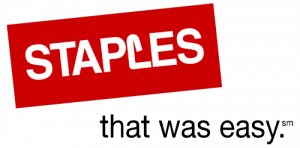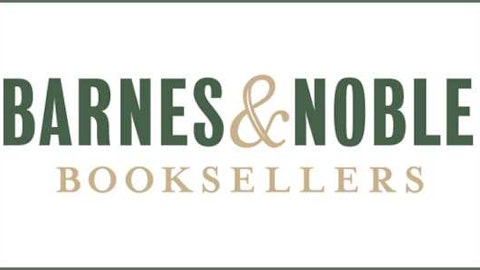Though considered by some to be a sinking ship and/or takeover target, office supply juggernaut Staples, Inc. (NASDAQ:SPLS) is pushing through its 52-week highs as the company reported respectable earnings during Thursday’s trading. Realistically, revenue is growing, the balance sheet is very conservative, and management has taken solid steps in pushing Web-based sales and delivery, as well as international expansion. Still, the company faces headwinds in a devastatingly low-margin business that requires expansion outside of core office products. Should Staples, Inc. (NASDAQ:SPLS) be a part of your retail portfolio? Let’s take a look at recent earnings to find out.
Earnings recap

One of the more exciting figures was the $306 million in free cash flow that the company generated. European same-store sales were also encouraging — reaching a three-year high.
As is so many a big-box store these days, Staples, Inc. (NASDAQ:SPLS) is in the midst of a “reinvention,” and management claims this one is right on target. But, as we have seen with some of the less successful retail turnarounds lately, management optimism is not always a guarantee of success.
Negotiating headwinds
Staples, Inc. (NASDAQ:SPLS) is planning a comeback based on European expansion, continued rollout of its Quill delivery service, a widening of product offerings, and cost-control efforts. In the past year, the company introduced 90,000 new SKUs to the website, which management says have resulted in a $1 million-per-week sales increase.
The website overall has seen a 3% increase in sales, compared to the year-ago quarter. The company recently appointed Raul Vasquez to its board of directors. Vasquez was previously CEO of Walmart.com and is a omnichannel retailing veteran.
On the brick-and-mortar front, the company is downsizing its square footage, with 13 stores closed this year, and 48 North American stores in the past 12 months. The move is part of a larger, $150 million cost-saving effort that should free up additional cash flows.
Management expects the top line to grow minimally, especially in Europe, but sees opportunity in margin improvements and streamlining operations. The company expects $900 million in free cash flow for the full year.
Foolish bottom line
Though I was not a fan of brick-and-mortar Staples, I am inclined to take a deeper look at its slimmer self. The company seems to be shifting to a more asset-light, high-ROIC, low-capex model that resembles that of growth companies — tech in particular. The company is planning to pay down nearly $870 million in debt this year, and still has $1.4 billion in cash and equivalents. A year-end enterprise value of roughly $10 billion (an approximation) implies an EV/FCF ratio of 11.1 times. For comparison, Office Depot Inc (NYSE:ODP) expects $10 million to $20 million in free cash flow for the year, implying an EV/EBITDA of 64 times to 128 times. On an EV/EBITDA basis, however, the two look nearly identical.

